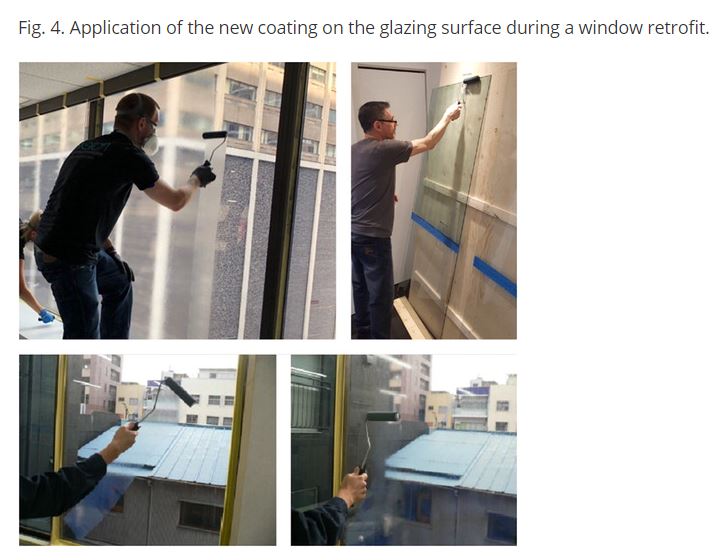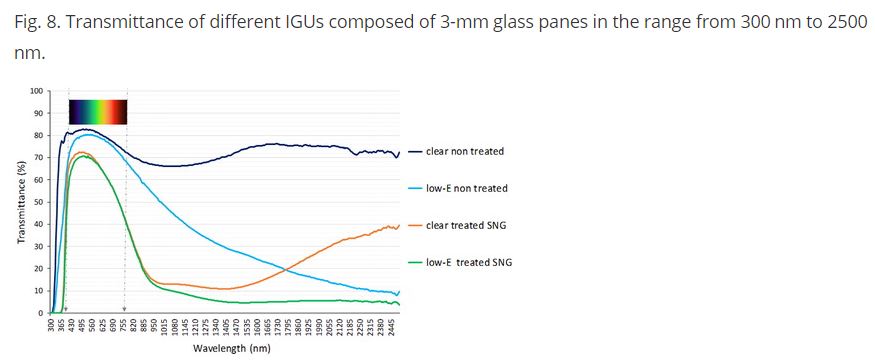Characterization Tests, Energy-Saving Analysis of a New Selective Coating for In Situ Window Retrofit
From eSociety, December 2019
Windows are often pointed to as a weak element in building façades, given their low thermal resistance. Consequently, they are a main focus during building retrofits, and their substitution is often considered an expensive but necessary choice.
In a recent article from Science and Technology for the Built Environment, Umberto Berardi, Ph.D., with Ryerson University in Toronto, describes a new high-performance glazing coating, which can be used for the in situ retrofit of existing windows. The article reports the results of energy simulations investigating the energy efficiency improvements when this coating is applied to different kinds of windows in Canada.
Berardi discusses his research.
1. What is the significance of this research?
This study presents and investigates new coatings that can help to significantly cut the solar gain of windows by retrofitting them in the field. The application of these coatings is simple and fast. The study explores savings opportunities and performs characterization tests together with building energy simulations in different climates.
2. Why is it important to explore this topic now?
Cooling loads are rising as a result of climate change, urban heat islands and higher levels of expected comfort. Poor windows are common in existing buildings, and it is not always affordable for the owner/tenant to replace these windows. Consequently, the value and potential of in-field installation of coatings are worthy of exploration.
3. What lessons, facts and/or guidance can an engineer working in the field take away from this research?
We need to promote a deeper understanding of the behavior of window coatings. Façade engineers often confuse emissivity with absorptivity, and they only have a partial understanding of low-e coatings’ behavior. This paper hopes to clarify the principles behind the selection of the most suitable coating for each
application (i.e., cold and hot regions).
4. How can this research further the industry's knowledge on this topic?
The world of nanotechnology offers new products. It is urgently needed for building professionals and managers to understand the complexity of solar radiation and windows.
5. Were there any surprises or unforeseen challenges for you when preparing this research?
The preparation of the coating was challenging. We studied ways to perform accelerated aging of coatings. We still do not have a standard for accelerated aging tests of coatings.


